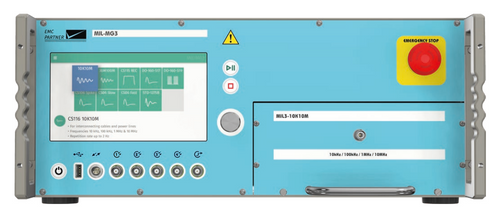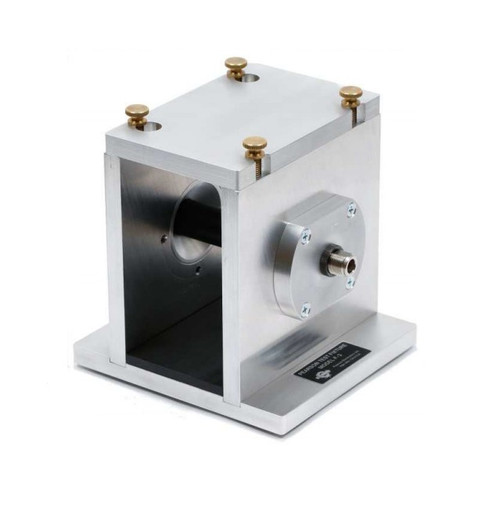The EMC Shop stocks equipment to perform MIL-STD-461 CS116 testing. MIL-STD-461 CS116 Purpose - Conducted susceptibility, damped sinusoidal transients on cables and power leads.
This requirement is applicable from 10 kHz to 100 MHz for all interconnecting cables, including power cables, and individual high side power leads. Power returns and neutrals need not be tested individually. This test procedure is used to verify the ability of the EUT to withstand damped sinusoidal transients coupled onto EUT associated cables and power leads.









